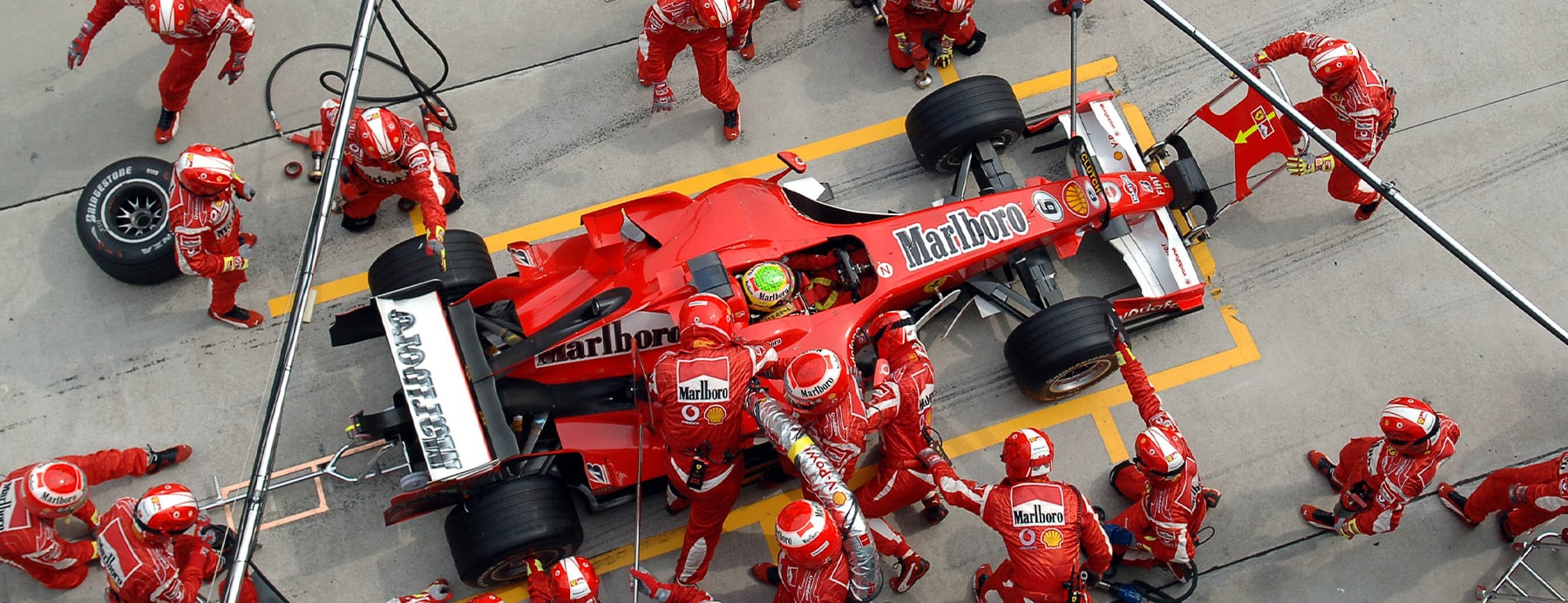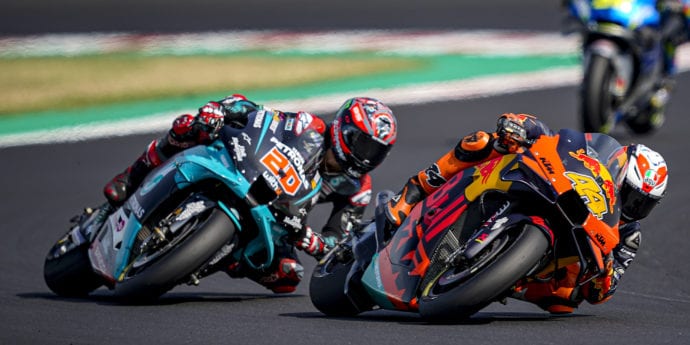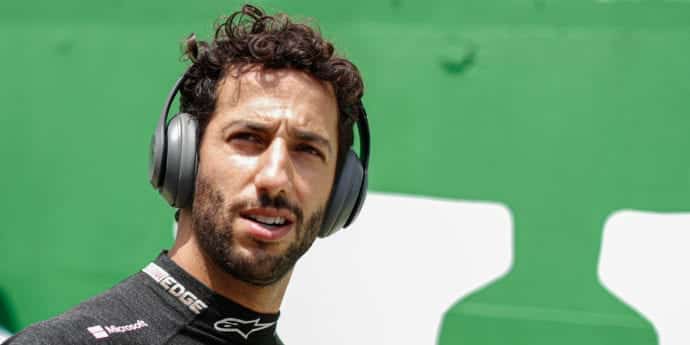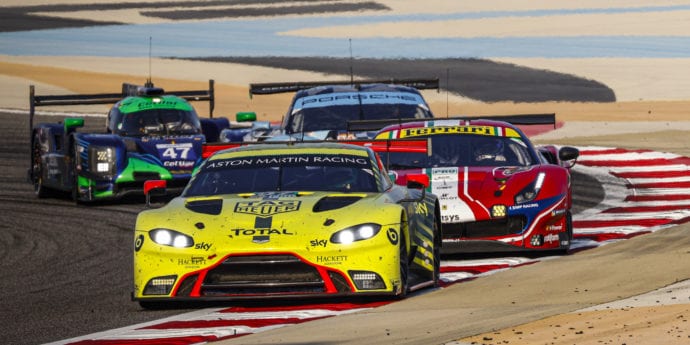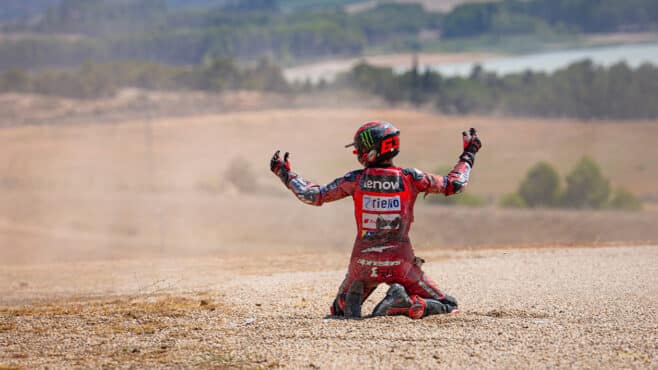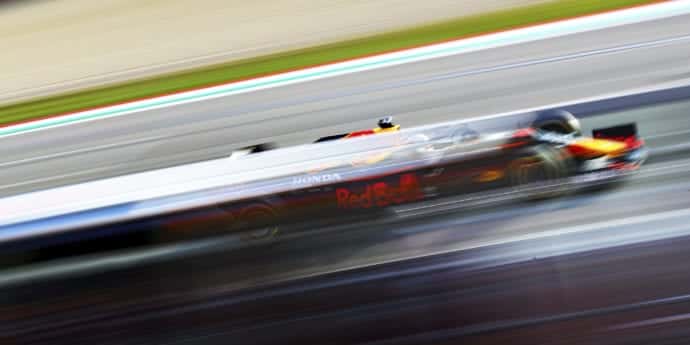
Page Not Found
Oops, we have an issue. We can’t find the page that you’re looking for.
Search for any subject at the top of the page or scroll down to find the right area of Motor Sport.
See our latest coverage
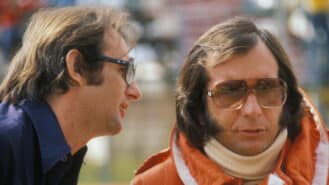
Not just Emmo’s brother: remembering daredevil Wilson Fittipaldi
Wilson Fittipaldi’s F1 career is overshadowed by the success of his brother Emerson, but the driver and team-owner deserves greater recognition, says Matt Bishop
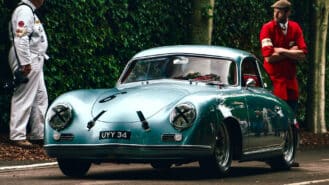
Denis Jenkinson’s Porsche 356 roars again at Goodwood
Six decades after Motor Sport’s famous continental correspondent Denis Jenkinson ran his Porsche 356 across Europe, it’s now racing again following a long and careful restoration
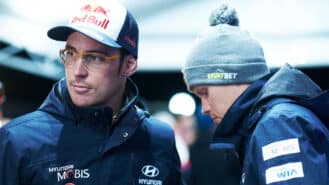
WRC drivers and team bosses on how to save a ‘crashing’ sport
The WRC has hit crisis point with dwindling entries and a lack of attention compared to other elite motor sport championships – some of its biggest players explain how they’d like to ‘fix’ it
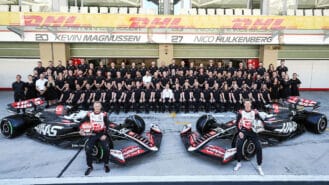
Why F1 team of the year might just be Haas
Haas was an F1 team transformed in 2024: after finishing dead last the previous year, it hauled its way to the front of the midfield. An achievement that you might think deserves an F1 team of the year accolade
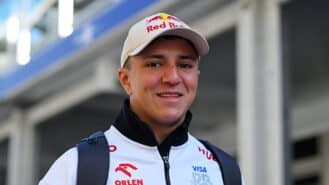
Who is Isack Hadjar? The F1 rookie driving for Racing Bulls in 2025
Here’s everything you need to know about Isack Hadjar, the flying junior who has been announced as an F1 driver for Red Bull’s sister team, Racing Bulls
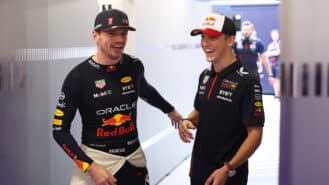
2025 F1 driver line-ups: latest rumours, confirmed seats & contract news
All seats in the F1 2025 driver line-ups are now filled, with Isack Hadjar the last to be confirmed for Racing Bulls. After a long silly season in the F1 transfer market, here are the contracts in place and the confirmed deals
